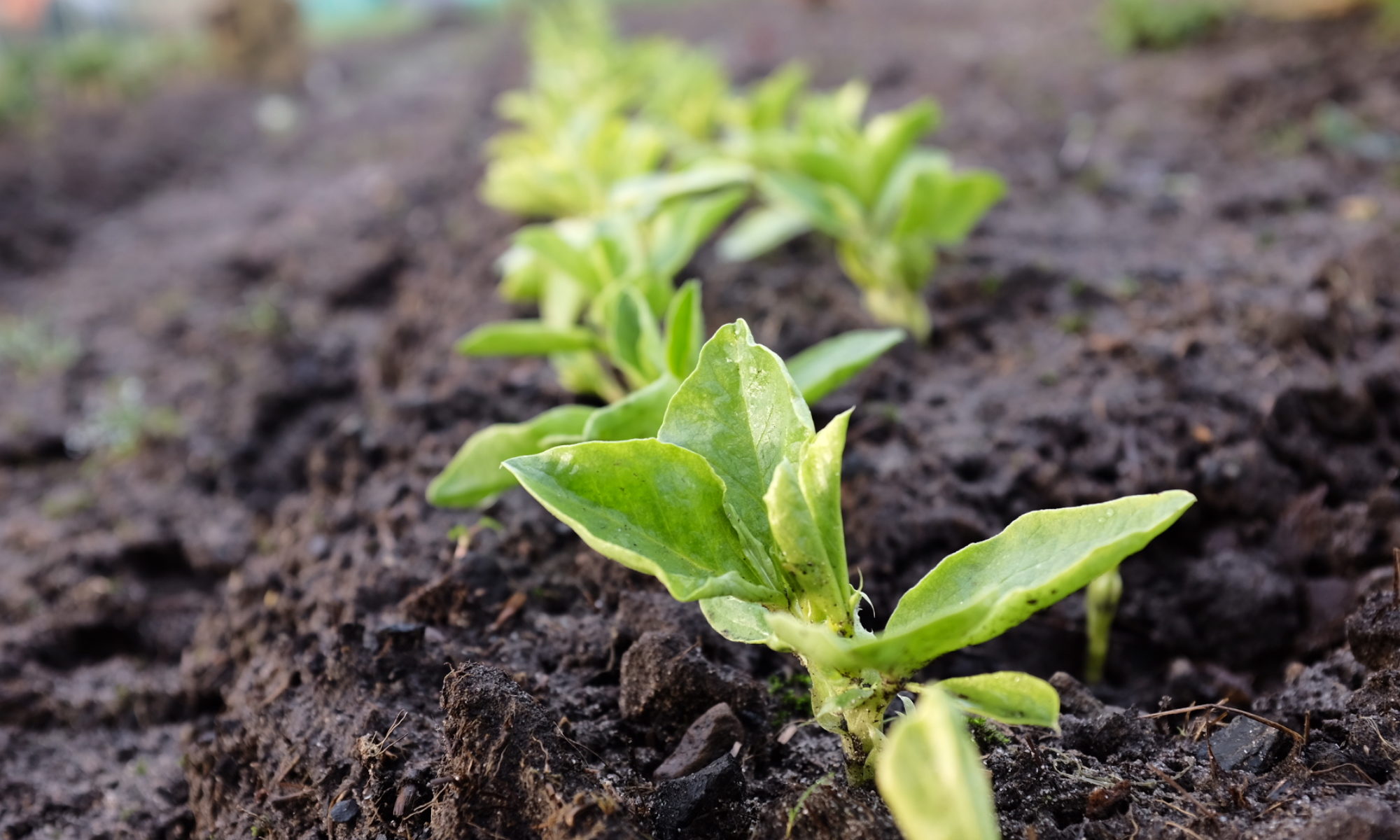
It’s nice to see a pair of Mallard pairing up on the pond at the farm, a reminder of spring.
We have had a couple of busy days trying to take advantage of the small window of good weather that we have just experienced. To make the best of the weather I brought my own tractor to the farm so that Roger and I could cover as much ground as possible before the rain started again. People don’t always appreciate how much the weather impacts on growing, you cannot work the soil when it is too wet, it just causes compaction and ruins its structure.
The Farmer Technical Bit
We need to prepare a relatively large area of ground and in an ideal world this preparation should have started last year.
Our strategy was to use the equiment at our disposal to try and get from a grass and weedy compacted pasture to light worked soil ready to plant into. This wasn’t going to happen in one day, but we needed to make a start so we can be ready to plant as soon as possible.

The first thing we did was to use the new flail mower. This piece of kit both mows down grass and weeds but also chops them down into small pieces leaving them as a mulch layer on the surface which could be rotavated into the soil during a later process.

The next process was to harrow the ground. Harrows slice and cultivate the ground in a vertical plane breaking up plant structures especially intertwined grass roots. A mat of well established grass holds the surface of the soil together with impressive strength. Rotavaor tines just bounce off the surface, not being able to penetrate.

The power harrow that works with the BCS two wheel tractor has three sets of pointed vertical blades that rotate. As the harrow passes through the surface of the grass, the tines tear down ripping the grass and roots apart and leaving them in a layer on the surface together with the flailed grass clippings.

Finally, it was the turn of the rotavator. The rotavator has tines/blades that rotate in the opposite plane to the power harrow. These blades rotate down in the horizontal plane into the soil chopping and stirring the soil and carrying the mowed and harrowed particles of vegetation that was sat on the surface downwards, burying it in the soil.

Of course these processes can be seen as bad for soil structure, especially if they are over done. But we have used them to help rid ourselves of weeds (grass is a weed in this scenario) and to open up and let oxygen into compacted ground. The top few inches of soil will start to dry out now and further treatment will get it to a fine filth. The land used for potatoes will need to be rotavated deeper to get the necessary volume of loose soil in which potatoes can thrive. The next dry period should see us right for planting.
The Inovative Bit
I don’t know if anyone else has done this before, but I thought of it last year when I wanted to keep my plants away from the dreaded slugs. It is also a handy way of generating more space in the poly tunnel.
I had an old set of ladders at home that were not doing anything so I have brought them in to act as suspended shelves over the summer. Strung up from the poly tunnel roof, these ‘shelves’ should prove ‘mission impossible’ to our slimey friends.

If you have any old aluminium ladders at home that you don’t need, we could do with borrowing some more as our seedling collection grows. Courgettes and squash are especially vulnerable to slugs and snails

























